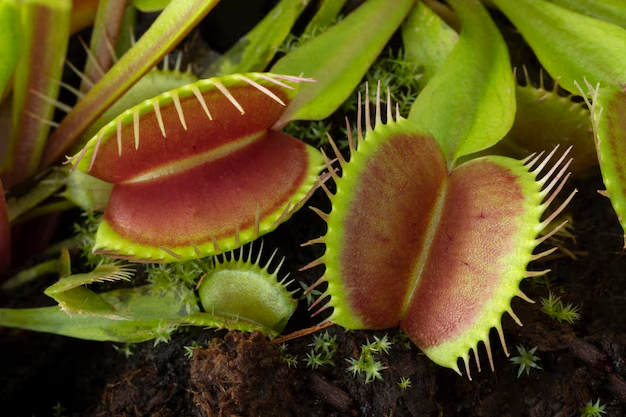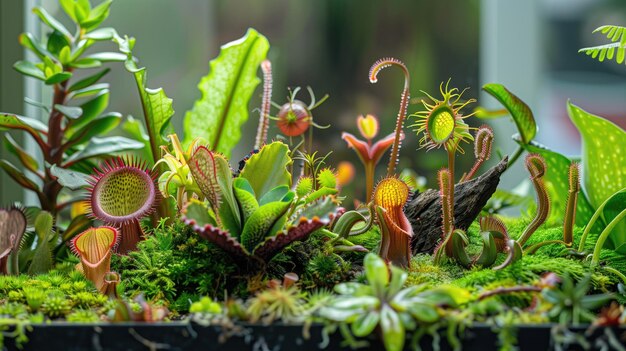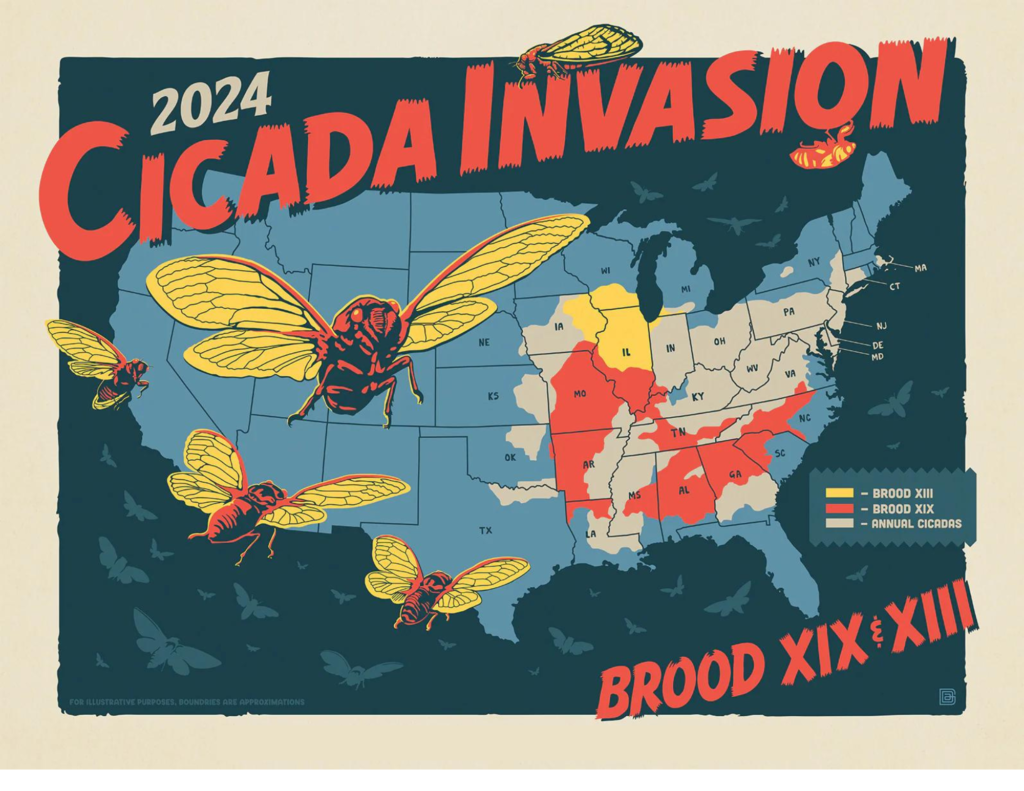When we imagine predators, we conjure up images of fierce animals stealthily hunting their next meal. But hold onto your gardening gloves because in the world of flora, there’s a gang of botanical badasses known as plant predators—yes, plants that eat meat! These leafy carnivores have ditched photosynthesis for a taste for insects and other critters, evolving quirky adaptations to snatch and digest their prey. Let’s dig deep into their bizarre world with these mind-boggling facts!
Exploring the Venus Flytrap

What Makes Them Tick?
Let’s kick things off with the superstar of the carnivorous plant world: the Venus flytrap (Dionaea muscipula). Native to the wetlands of North and South Carolina, this plant is famous for its snap trap mechanism. Its leaves are hinged together, forming a trap with sensitive trigger hairs inside. When an unsuspecting insect brushes against these hairs multiple times, the trap snaps shut in less than a second, capturing the insect inside. It’s like the plant version of a bear trap, but with a vegetarian twist!
Did You Know?
- The Venus flytrap doesn’t waste energy on false alarms—it requires at least two touches to close its trap, ensuring it captures living prey rather than falling leaves.
- These traps are so efficient that they can even capture spiders and ants, not just flies!
The Pitcher Plant’s Deadly Pitch

Now, let’s delve into the swampy realm of pitcher plants. Imagine a pitcher-shaped leaf filled with a lethal cocktail of digestive enzymes. Insects can’t resist the sweet scent emanating from its depths, and once they take the plunge into this botanical hot tub, they find themselves trapped and slowly digested. It’s like a carnivorous spa day gone wrong—relaxing for the plant, not so much for the insect!
Mind-blowing facts:
- Some pitcher plants are so hospitable that they can catch not just insects but even small vertebrates like frogs and lizards. Talk about a versatile dining experience!
Sundews: The Tentacles of Doom

If you thought plants were passive, think again. Meet the sundew (Drosera spp.), the clingy ex of the plant world. Covered in glistening droplets that resemble morning dew (if morning dew was sticky and potentially deadly), sundews lure insects with promises of sweet nectar. Once an unsuspecting bug lands, it becomes ensnared in the sticky tentacles that slowly curl around it like a botanical boa constrictor. Digestive enzymes then break down the insect’s soft tissues, allowing the sundew to absorb essential nutrients. It’s like a botanical horror movie where plants are the heroes and bugs are the unsuspecting victims!
If you want to delve deeper into Sundews, I highly recommend reading “10 interesting facts about Sundews: Nature’s Sticky Predators” written by me!
Mind-blowing Fact:
- Sundews are so dedicated to their meal that they can move their tentacles to ensure the entire insect is captured and digested. Now that’s dedication!
Bladderwort: Aquatic Plant Predators
Let’s take a dive into the aquatic world with the Bladderwort, the stealthy assassin of ponds and marshes. These tiny predators use specialized bladder traps that act like underwater vacuum cleaners. Triggered by sensitive hairs, these bladders suck in small aquatic creatures like water fleas and mosquito larvae in the blink of an eye. It’s like a botanical ninja move—swift, precise, and deadly for its prey.
Did You Know?
- Bladderworts are among the fastest trapping mechanisms in the plant kingdom, capturing prey in milliseconds. Blink and you’ll miss it!
Conclusion
Carnivorous plants aren’t just quirky—they’re essential players in their ecosystems, demonstrating nature’s creativity and adaptability. From the lightning-fast traps of the Venus flytrap to the sweet but deadly allure of Sundews, and the stealthy ambush of Bladderworts, these plants continue to fascinate and inspire scientists and nature enthusiasts alike.
So next time you’re exploring the great outdoors, keep an eye out for these botanical marvels. They may not have teeth, but their traps pack a punch! Whether you’re intrigued by their evolutionary adaptations or simply enjoy the thrill of plant-based drama, carnivorous plants are sure to leave you amazed.
For more laughs and leafy lore on carnivorous plants, check out these resources:
Now go forth and explore the wild and wonderful world of plants that eat more than just sunlight—nature’s got jokes too, you know!



